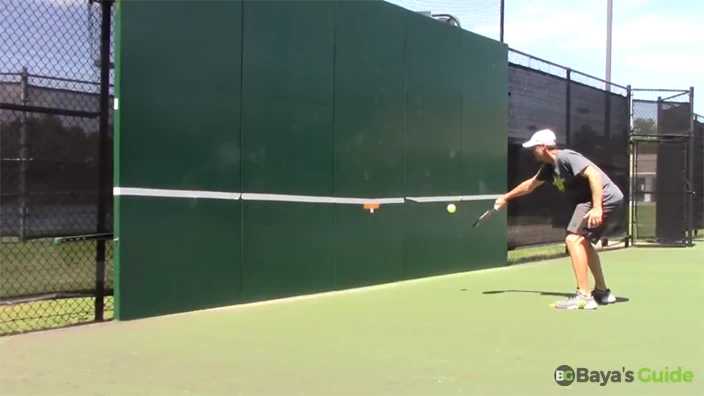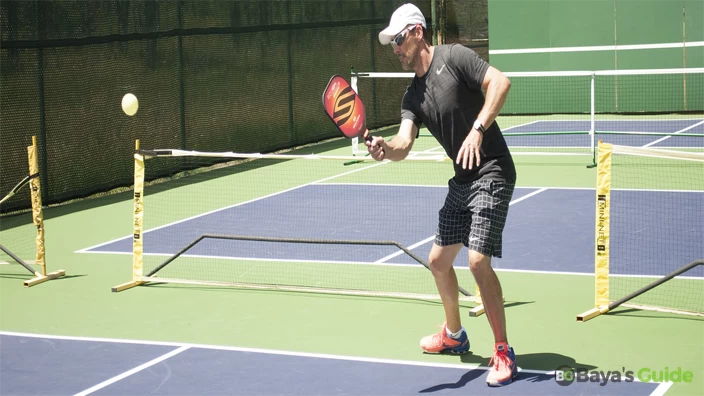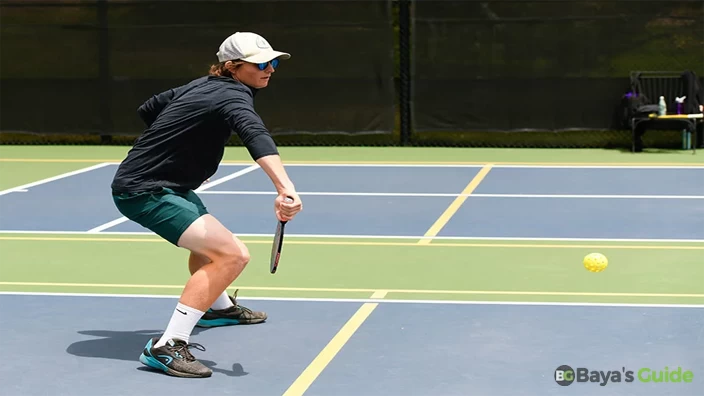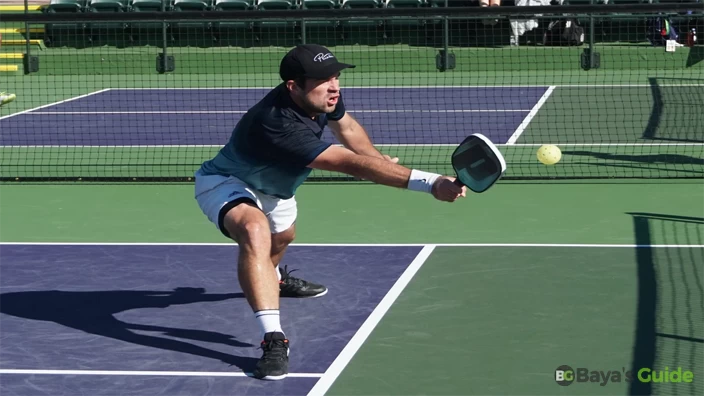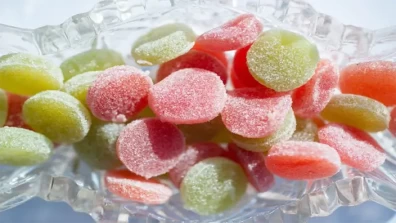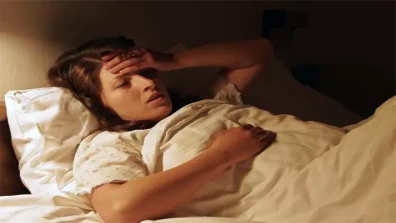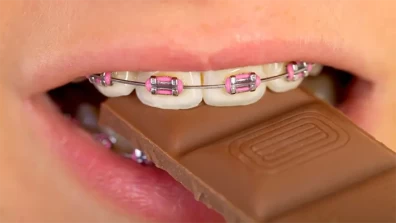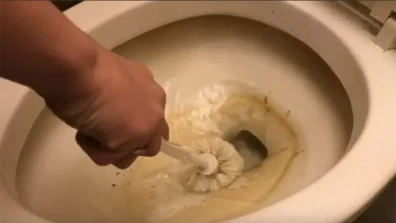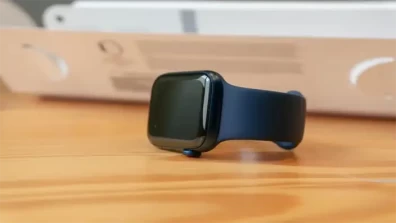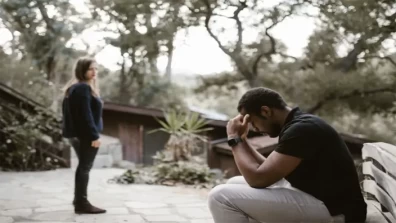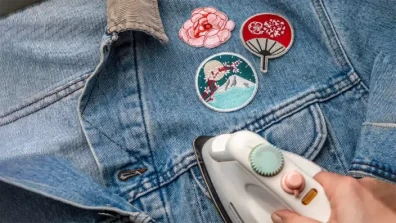You’ll agree with us that not only YouTube but the entire internet is full of thousands of video tutorials to help you learn to play pickleball. So, why doesn't everybody know how to play this tricky game? Well, gentlemen, it’s not about getting a lot of information, although it is necessary; instead, it is all about how much you practice on the field.
So, how do you practice pickleball alone? Various pickleball solo drills let beginners achieve this. To name a few, those include static drop feed, topspin drive, rolling shot, serve and split step, shadow swing, and the list goes on. The exact equipment can vary, but you typically need a ball, a paddle, and any flat wall to start with the basics.
That said, if you don’t want to depend on another person to practice pickleball for any reason and still want to practice this art, we are here to help you. But before that, the quick tip of the day is that practice makes perfect. While this guide will provide you with the essential guidelines, game rules, and more, don’t forget to practice afterward.
Table of Contents
Which Equipment Is Required To Practice Pickleball Alone?
Most of the solo drills can be performed by these three things: a paddle, a ball, and a wall. Literally, that’s all you need. When we say, wall, it doesn’t mean that you have to specially design a wall for pickleball; any flat wall would be great to start your practice sessions.
However, you can add some additional elements as well on your list, such as a pickleball machine and/or a pickleball net to work on your serve. You can either practice at your home or go to a court for this purpose. However, if there is enough space in your backyard, we suggest staying home.
How To Practice Pickleball Alone? Top 6 Solo Drills
1- Shadow Swing
Although the term “Shadow Swing” seems very mysterious, it is quite too simple to perform. It is simply swinging the paddle without hitting anything, not even the ball. The purpose of doing this is to learn the right form, swinging the arm while holding the paddle to learn the proper form.
Instructions
- Stand in a ready position with your feet shoulder-width apart and your paddle in your dominant hand.
- Make a smooth, fluid swing, starting with the paddle low and finishing with it high.
- Imagine making good contact with the ball, even though there is no ball.
- Repeat the swing 10-20 times.
Tips & Modifications
- Practice Shadow Swing with different paddles, including cheap, professionals, etc., to be ready for any game situation.
- Imagine a successful serve while doing the right motion without equipment. Great for beginners to improve their swinging motion and form.
In case you find Shadow Swing tough in the beginning, opt for a shorter swing with a lighter paddle, slow motions, and taking breaks when needed to avoid discomfort.
2- Static Drop Feed
In very simple words, a Static Drop Feed solo drill is dropping a pickleball in front of your feet and hitting it with your paddle in the center when the ball bounces once. That’s it! All you need to do is to keep practicing that until you think you have grasped the know-how of this technique.
This technique is perfect for improving rallies, serves, and groundstrokes. It gives the beginner player enough confidence to clear the net and start a rally. It also helps the player build good hand strength and learn the proper form. You can also perform this technique anywhere, but we suggest doing this on the court.
Instructions
Always start with having all the balls on the court near you to not waste your time. You can gather all the balls in a container/box and keep it in your hand. Or, if you have a pickleball machine, simply bring it near to you before starting the drill.
- Stand with your feet about the same width as your shoulders, and hold the paddle in the hand you're better at using.
- Drop the ball in front of your feet and let it bounce once.
- As the ball bounces upward, hit it in the center of your paddle with a smooth, fluid motion.
- Keep your strokes light and relaxed, and follow through with your swing. Passing the net isn’t everything.
- Repeat steps 2-4 until you are comfortable with the drill.
Tips & Modifications
- Swing your paddle low to high when you hit the ball. This makes your shot stronger and more versatile.
- Keep your strokes gentle yet strong enough. It gives the right amount of power.
- Learn to hit the ball in different directions, like diagonally or straight across, to build your confidence to aim where you want.
Note: If the drill is too hard or you have only one ball, you can start without a net and add it later or use a machine for precise practice. We suggest practicing against a wall when you're short on time to get quick improvement results. Once you learn the basics, go for a heavier paddle, hit the ball harder, or aim for different targets.
3- Topspin Drive
The Topspin Drive is basically the Static Drop Feed solo drill with a few modifications. A Topspin Drive is basically dipping the ball as low as possible, clearing the net quickly, and making it difficult for your opponent to return. This solo drill aims to improve the topspin serve, which is one of the most vital shots in pickleball.
Difference From Static Drop Feed
You simply start with a Static Drop Feed. The only alteration you bring in is to serve low to the ground while keeping just high enough to clear the net. To do so, have a loose wrist (do not grip the paddle's handle too firmly). Doing this lets you keep the ball low and swing it from low to high.
Instructions
- Stand behind the baseline on the non-dominant side of the court.
- Drop the ball in front of your feet and let it bounce once.
- As the ball bounces up, hit it in the center of your paddle with a loose wrist and a follow-through motion.
- Aim to hit the ball low so it clears the net while being as low as possible in the service box on the opposite side of the court.
- Repeat steps 3 and 4 until you consistently hit the Topspin Drive deep into the service box.
Tips & Modifications
- Keep your paddle at a 90-degree angle to the ground when you hit the ball to generate more power and hit the ball aggressively.
- Experiment with your footing. Try standing still or taking steps forward or backward when hitting the Topspin Drive to see what feels right for you.
- When you have mastered the basics, try varying power, depth, sidespin, and position to develop a more versatile shot.
Note: You must have a pickleball net to perform and practice this solo drill. If you can’t go to court, use a portable net in such a case. You can also do the same thing by keeping a low chair or couch in the place of a portable net.
4- Rolling Shot
A Rolling Shot in pickleball is a groundstroke hit just before the non-volley zone (NVZ), also known as “the kitchen”. The NVZ is the 7-foot area on each side of the net where players cannot volley the ball. This solo drill aims to keep opponents off balance, push the opponent off the court, and create space for you to make more aggressive shots.
Instructions
- Stand just outside of the NVZ, with your feet shoulder-width apart.
- Drop the ball in your front before the non-volley zone, and let it bounce once.
- As the ball bounces up, hit it in the center of the paddle with a loose wrist and a smooth, sweeping motion. Keep the ball low and deep, in the center of your opponent's court.
Tips & Modifications
- Try to shift your weight between your feet rather than taking a step. You may find it easy.
- Practice the Rolling Shot from both the right and left sides of the court to improve your serving strength.
- To make this short easier, simply get closer to the net, use a softer ball, and/or start with your backhand, which is easier to control than the forehand.
Note: For this drill, having access to a pickleball court is better than relying on the non-volley zone or the kitchen. However, if you can’t do this, you can recreate one such area using a portable net and some tape. All you need to an even surface with rightly marked dimensions.
5- Serve & Split Step
Focus on this term: Serve and Split Step. You will start with the serve and then split your steps afterward to better access and control the ball. The serve is the beginning of any pickleball game and the most important part of it. We are sure that you know how to serve. So, the split step in this solo drill is the focusing part. It defines where your body will go once you have served.
Instructions
- Start behind the baseline in your service box. Hold the ball in your non-dominant hand, and get into your serving stance.
- Pass the serve by a smooth, fluid motion with your paddle, contacting the ball at the center of your paddle face.
Now that you have done with the serve, it is time to teach you the proper form to split your steps. Learn from the following steps to do this part of the solo drill.
- When your opponent hits the ball back, simply jump 1-2 inches in the air to move your feet a bit forward.
- Try to land your feet balls, keeping your feet shoulder-width apart and your knees slightly bent. Ensure your weight is in the forward orientation.
- Keep the paddle in the ready position, in front of your body and about 1-2 feet far from your center, when you land.
- Make a "Shadow Swing" here without the ball, faking as you hit the ball back.
- Keep doing Split Step until you reach the kitchen line. After that, start the drill over.
Tips & Modifications
When you can't be at a pickleball court, adapt the Serve and Split Step drill using a portable net or serving outdoors on a flat grassy area. If outdoor options are impossible, practice this solo drill against a wall indoors to refine your serve motion and timing.
To make the Serve and Split Step easier, stand closer to the net, skip the split step initially, use a lighter ball for control, and practice against a wall. Once you master the basics, try serving specific targets with different speeds and spins while moving.
6- Wall Drill
Wall drill is the more widespread solo drill practice. All you need is a paddle, a ball, and a flat wall to work on your shots and get better ball control. Wall Drill combines the Shadow Swing (with actual ball), Static Drop Feed, Serve And Split Step, and more at one spot.
Preparations Before Starting
Before you pick up your paddle and ball and start hitting the wall, there are a few necessary things you have to do. Those include the following:
- Choose a safe location for your wall. It should be in a safe area and have enough space around it so you can swing your paddle freely.
- Mark the location of the net and rebounder on the wall.
- Attach the net and rebounder to the wall using the appropriate hardware.
- If you use a pickleball training ball with string, tie the string to a secure object near the wall.
- Test your wall by hitting a few pickleballs against it. Ensure the net is tight, and the rebounder is working correctly.
Instructions
Once you have prepared the equipment and the wall, follow these instructions to learn how to perform a wall drill. This is also the answer to our readers who ask how to practice pickleball indoors.
- Stand about 12-15 feet away from the wall, holding your paddle correctly, and get ready to hit the ball.
- Drop the ball and hit the ball with the paddle’s center (as we have taught you for Static Drop Feed) against the wall with your forehand or backhand.
- Focus on the ball movement. Try to find the exact location on the wall where you feel it is easy to hit the ball, and it returns to you smoothly.
- Keep doing Wall Drill for about a minute or five until you feel taking a bit of rest is necessary.
Tips & Modifications
During the Wall Drill, try practicing different types of shots against the wall, such as forehands, backhands, volleys, and dinks. You can also practice footwork and movement by moving around the court while hitting the ball. If at home, use a silent paddle to maintain silence and keep everyone happy, including your family and neighbors!
Where To Practice Pickleball Alone At Home?
The most common idea is to practice pickleball in the garage with a line at net height. You can practice pickleball alone at home in a variety of places, including:
- A house backyard
- An open room in the basement
- A garage
- A half-court with a hitting wall at home
The most effective way is to practice pickleball alone at home with a wall. All you need is to put down a line of tape (or chalk) 10-15 feet from the wall and 36” up the wall to simulate the net. Tape out a small box for your target. Focus on getting a good fill of the ball, your consistency with aim and placement, and good body mechanics
How To Practice Pickleball Alone On-Court?
Practicing pickleball alone on-court is a great way to improve your game skills. These are some of the practices we recommend to our readers.
- Serving practice to focus on accuracy and power. Pay special attention to spin and placement when working on your serving technique.
- Try Serve And Spite Steps on the court. Get comfortable on the court by moving around and getting used to available space.
- Practice various shots, like forehand, backhand, and volleys.
How Do You Practice Pickleball With A Ball Machine?
Simply put the machine in the middle of the court, 10 feet from the baseline. Adjust ball height and speed to match your skill. Then, start with basic drills like groundstrokes, volleys, and overheads. Work on specific skills like cross-court drives, drop shots, and lobs as you improve. You can also do advanced drills like third-shot drives, dinks, and combination shots.
Note: To further improve at pickleball, check out the ebook "31 Solo Pickleball Drills" by Pickleball Coaching International. It's filled with exercises you can do on your own.
Frequently Asked Questions
How Do I Practice Pickleball Alone With A Wall?
To practice pickleball alone with a wall, work on your serve, volleys, groundstrokes, dinking, and footwork. Vary your shots and movements for a well-rounded solo training session.
Can I Play Pickleball Solo?
Yes, you can play pickleball solo by practicing against a wall. However, pickleball is a social sport, and it is more fun to play with other people.
What Are The 3 Skills Needed To Play Pickleball?
The critical skills for pickleball are hand-eye coordination, footwork, and agility. These abilities help you track the ball, move effectively on the court, and change direction swiftly.
Which 3 Sports Is Pickleball Like?
Pickleball is a combination of badminton, tennis, and table tennis. It is played on a badminton-size court with a slightly modified tennis net. Players use solid paddles to hit a perforated plastic ball over the net.
How Can I Train Myself For Pickleball?
To improve your pickleball skills, focus on cardio for endurance (30 min, 3-4x/week), full-body strength training (2-3x/week), and regular practice with partners to enhance your strokes and techniques.
Conclusion
In conclusion, mastering the art of pickleball requires consistent and focused practice, and the good news is that you can effectively practice alone with just a paddle, a ball, and a flat wall. The top six solo drills outlined in this guide—Shadow Swing, Static Drop Feed, Topspin Drive, Rolling Shot, Serve and Split Step, and Wall Drill—provide a comprehensive and structured approach to solo practice. These drills not only enhance your skills but also build confidence, strength, and agility.
Whether you choose to practice in your backyard, a community space, or even indoors with a wall, the key is to stay committed and make the most of each session. Remember, while the internet is a vast resource for learning, the real progress happens on the court through dedicated solo drills. So, grab your gear, find a suitable space, and let the solo pickleball practice sessions propel you toward mastery on the court.

